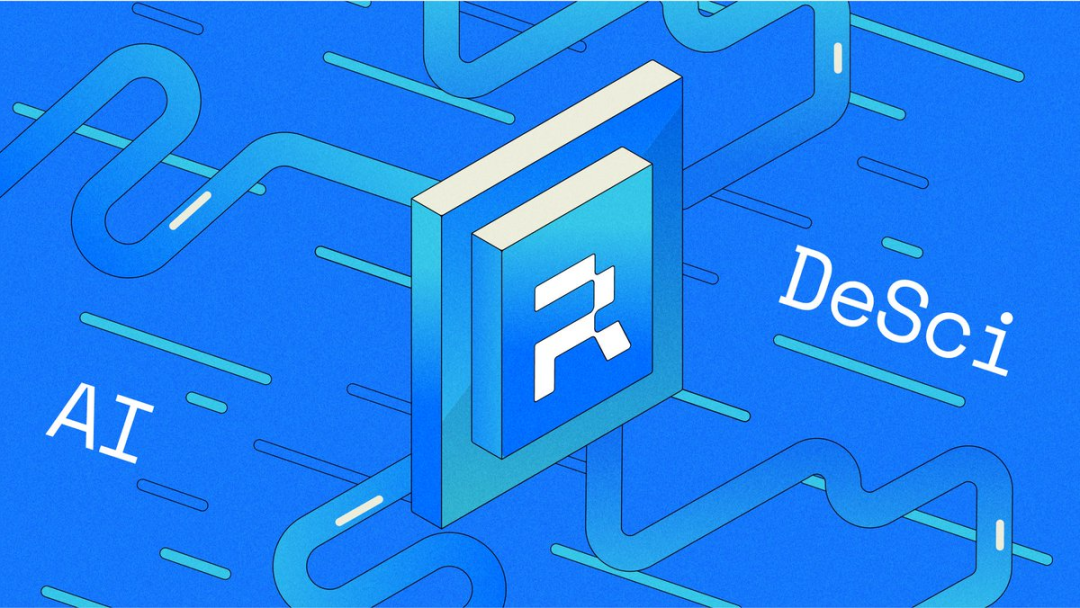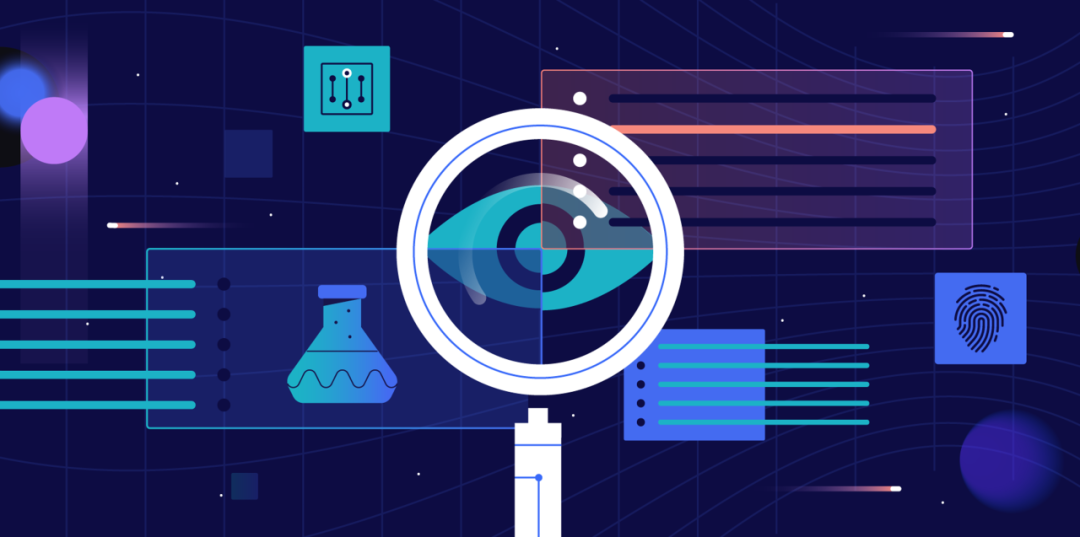The deep integration of DeSci and AI can not only break down the barriers of data silos, inefficient review and centralized allocation of funds in traditional scientific research, but also release unprecedented innovation energy for scientific development through open sharing, collaborative innovation and intelligent decision-making.
The performance of U.S. stocks in recent times is not worth applauding, but one sector has sprung up amidst this dullness. Individual stocks have shown a strong performance of 300% in a single month. Even “Muddie Sister” has publicly stated that this sector is currently the most undervalued AI application field, and Pelosi, known as the “Capitol Hill Stock God”, has set an example in making bets and won the lead in Tempus AI, which belongs to the sector that has recently been pushed to the forefront-AI Healthcare.
Similarly, Firefly, another company in the AI medical sector, announced its participation in Nvidia’s Connect program, and surged by 170% overnight. Although it has dropped a lot, the popularity of AI medical still continues on Wall Street.
What is DeScAI?
If AI-enabled medical care is a powerful existence, then blockchain-enabled medical care will be another industry-nature innovation. Of course, if the three are integrated, it will be a subversion of the medical industry. This is what we want to talk about today (Decentralized Science integrates the principles of decentralization and blockchain into scientific research to enable open research, reduce barriers to entry, promote global cooperation, and enhance the integrity of scientific data)+AI (Artificial Intelligence).

As we all know, since the Scientific Revolution of the 17th century, human exploration of knowledge has undergone a transformation from individuals working alone to institutional monopoly. Now, with the rapid rise of blockchain and AI, a new change is quietly emerging.
The deep integration of DeSci and AI can not only break down the barriers of data silos, inefficient review and centralized allocation of funds in traditional scientific research, but also release unprecedented innovation energy for scientific development through open sharing, collaborative innovation and intelligent decision-making. We can integrate This kind of integrated innovation is called “DeScAI”(Decentralized Science AI), which is also “decentralized scientific artificial intelligence.”
How do Desci and AI integrate?
1. Efficient use of medical data
Traditional AI models usually rely on centralized data warehouses, and this data is monopolized by a small number of institutions, often forming data silos and accompanying risks of privacy leakage. Desci stores scientific research data and health data on the chain through blockchain to ensure that data cannot be tampered with and traceable throughout the process, thereby realizing a closed loop of data confirmation, sharing and incentive.
2. Comprehensive upgrade of precision medicine
With the help of a distributed health data platform and real-time AI monitoring system, each patient will receive a tailor-made diagnosis and treatment plan. Doctors can obtain panoramic health records of patients in real time through global open data resources and adjust treatment strategies based on dynamic data, thereby significantly improving treatment results and reducing medical costs.
3. Revolutionary transformation of drug development and clinical trials
Decentralized clinical trial management and intelligent drug development platforms will significantly shorten the drug development cycle and reduce costs. The closed-loop feedback mechanism formed by fund transparency, data uplink and real-time AI monitoring will promote the efficient operation of the entire process of new drugs from research and development to clinical transformation, and have a profound impact on the biopharmaceutical industry.
4. Construction of a global collaborative scientific research ecosystem
Cross-chain interoperability, decentralized identity authentication (DID) and federal learning technologies will break down regional and institutional barriers and build an open, inclusive, and globally collaborative scientific research cooperation network. Using federal learning, each medical institution completes model training locally and only uploads model update parameters instead of raw data, which not only achieves cross-agency collaboration, but also ensures patient privacy. Whether in developed countries or developing regions, all researchers can jointly promote scientific progress on this platform and form a global innovation synergy.
5. Innovation of intellectual property management and incentive models
Through IP-NFT and dynamic token incentive mechanisms, scientific research results will be digitally confirmed and transparently transferred. In the future, scientific research results will no longer rely on traditional publishing institutions, but will flow directly to the global market through blockchain to build a fair and efficient scientific research credit system and provide continuous incentives for global innovators. Patients not only own the ownership of the data, but also transform the data into financial incentives through authorization and sharing. This model also provides a high-quality and trustworthy data source for subsequent AI model training.
6. The popularity of decentralized AI computing platforms
The sharing of distributed computing power resources will significantly reduce centralized computing costs and improve system scalability and robustness. The decentralized AI computing platform combined with Desci’s data sharing model will provide low-cost and high-efficiency support for large-scale AI model training and become an important cornerstone for promoting scientific research and precision medical applications.

Challenges of Desci and AI integration
Although the DeScAI model has shown great potential in theory and practice, it still faces a series of challenges in the promotion process, mainly including the following points.
1. Data privacy and compliance
Although we can achieve secure use of medical data through various encryption methods, medical data itself is highly sensitive and platforms must also meet international regulatory requirements like the General Data Protection Regulation (GDPR).
2. technology standardization
There are differences in data formats and collection standards among institutions, and how to achieve unified standards and cross-platform data integration has become an obstacle to current development.
3. Contract security and incentive design
As the core of the fund allocation and incentive mechanism, the security of smart contracts is directly related to the stable operation of the platform. Platforms using blockchain must ensure that all smart contracts are free of loopholes. At the same time, a reasonable dynamic incentive model needs to be designed to ensure the healthy development of the token ecosystem., prevent short-term speculation.
4. User acceptance
The transformation of the decentralized model requires the accumulation of time and trust. This is not a one-stop transformation. It requires more time and process to be accepted by users, as well as the innovation and acceptance of scientific research talents themselves.
summary
DeScAI focuses on decentralized data governance and intelligent data analysis, reconstructing the traditional model of scientific research and precision medicine. Blockchain ensures that data is transparent and untamperable; AI is used to realize deep mining of big data and real-time decision support; and DAO and token incentive mechanisms are used to achieve global fund raising and result sharing.
Although issues such as data privacy, technical standardization and regulatory compliance still exist, with the continuous improvement of various aspects, the practical application of DeScAI in drug research and development, clinical trials, personalized health management, and cross-domain collaborative innovation will surely become an important force in promoting global scientific research progress and medical reform, thus bringing about the true “third wave” of scientific revolution.



